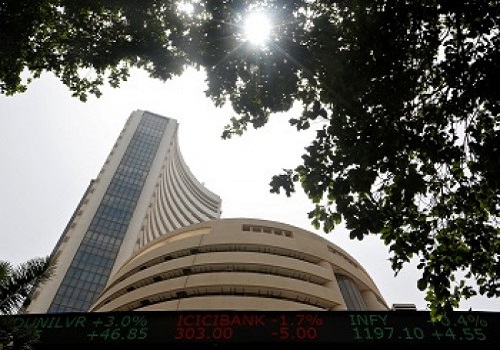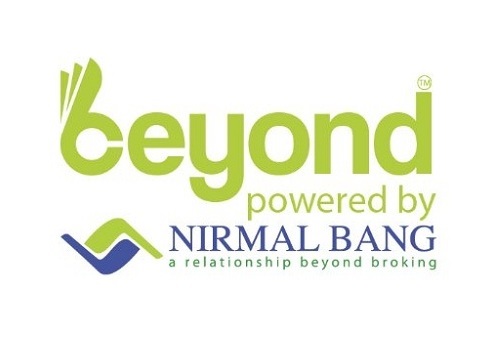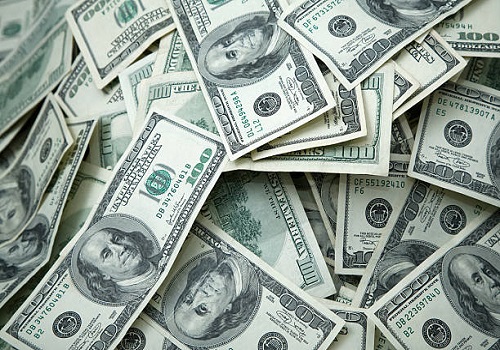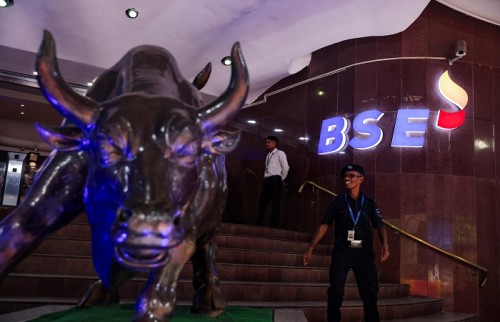Indian shares log worst day in two months on hawkish Fed commentary

Follow us Now on Telegram ! Get daily 10 - 12 important updates on Business, Finance and Investment. Join our Telegram Channel
https://t.me/InvestmentGuruIndiacom
Download Telegram App before Joining the Channel
Indian shares suffered their steepest drop in two months on Thursday, in a broad-based decline after the U.S. Federal Reserve signalled that the interest rate hikes might continue for longer than expected.
The Nifty 50 index closed 1.32% lower at 18,414.90, with 45 constituents in the red. The S&P BSE Sensex lost 1.40%, or nearly 880 points, to 61,799.03. Both indexes notched their biggest one-day percentage drops since Oct. 11.
Graphic: Nifty logs worst day in over two months https://www.reuters.com/graphics/NIFTY-WORSTINTWO/WORSTINTWO-NIFTY/byvrllqlave/chart.png
"Interest rates will likely go higher from here because the Fed commentary shows we are not completely out of woods as far as inflation is concerned", said Pramod Gubbi, co-founder of investment management firm Marcellus Investment Managers.
Fed Chair Jerome Powell said the U.S. central bank will maintain a "restrictive enough" stance to control inflation.
U.S. central bankers see the policy rate rising to 5.1% by end-2023, a half percentage point higher than their forecast in September. Currently, the policy rate is in the 4.25%-4.5% range after Wednesday's 50-basis-point (bps) increase.
"The slide is expected as the markets rallied with every lower inflation trend over the past few months, hoping the rate hike cycle will moderate," said Gubbi.
Investors have to prepare for a world that is very different from the last few decades of low or falling interest rates, he added.
Asian shares slid 1.56%, while U.S. stock futures also fell more than 1%. [MKTS/GLOB/] [.N]
Domestically, all the sectoral indexes fell, with IT stocks losing over 2%. IT companies are particularly sensitive to changes in the U.S. market, which is their biggest revenue contributor.























